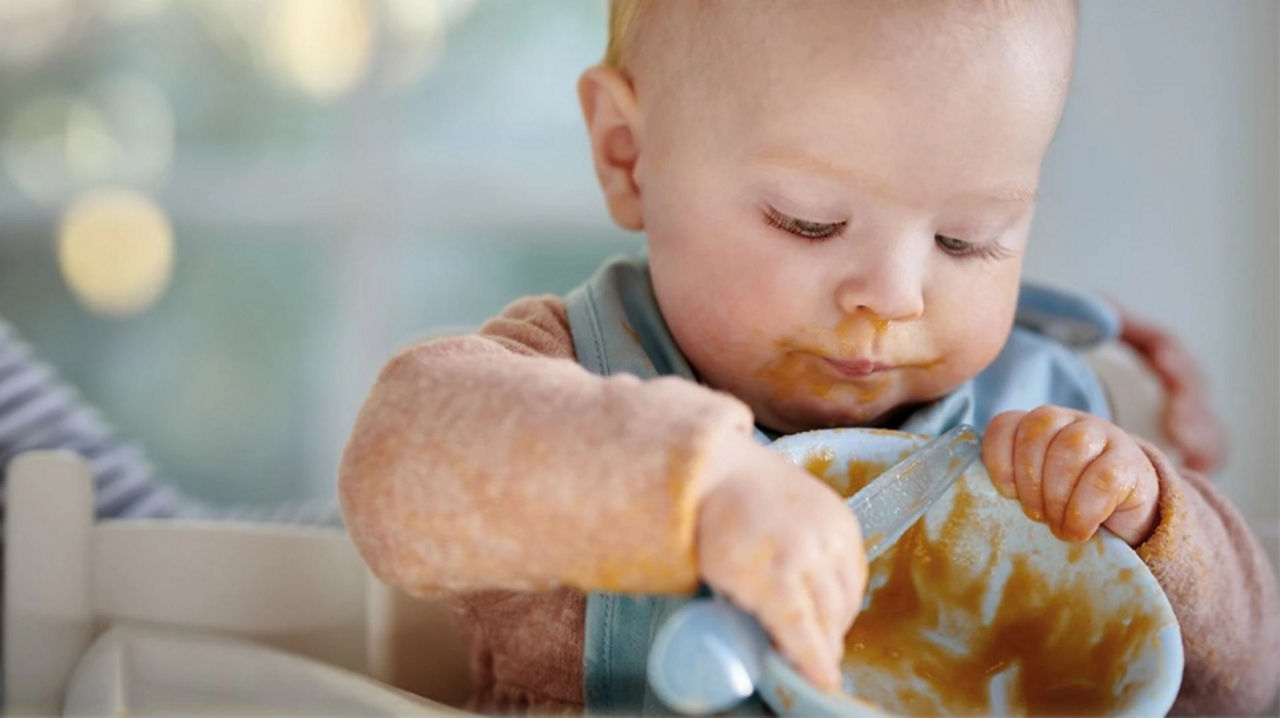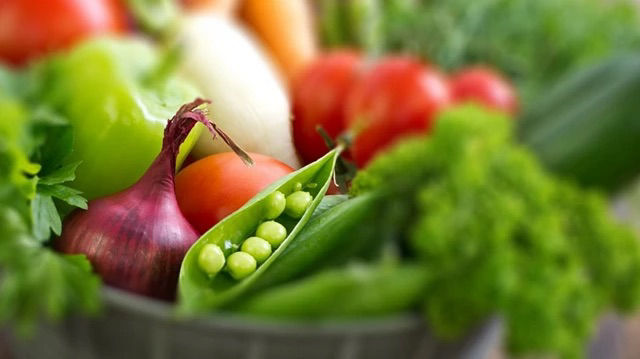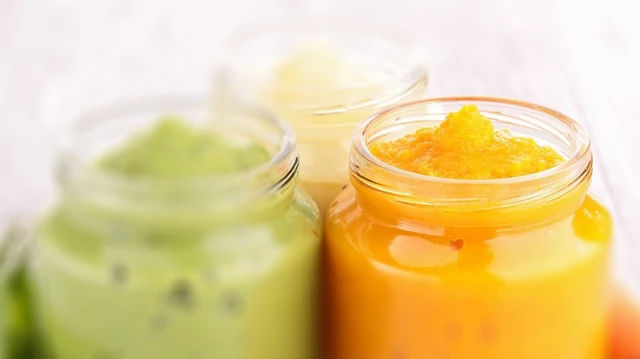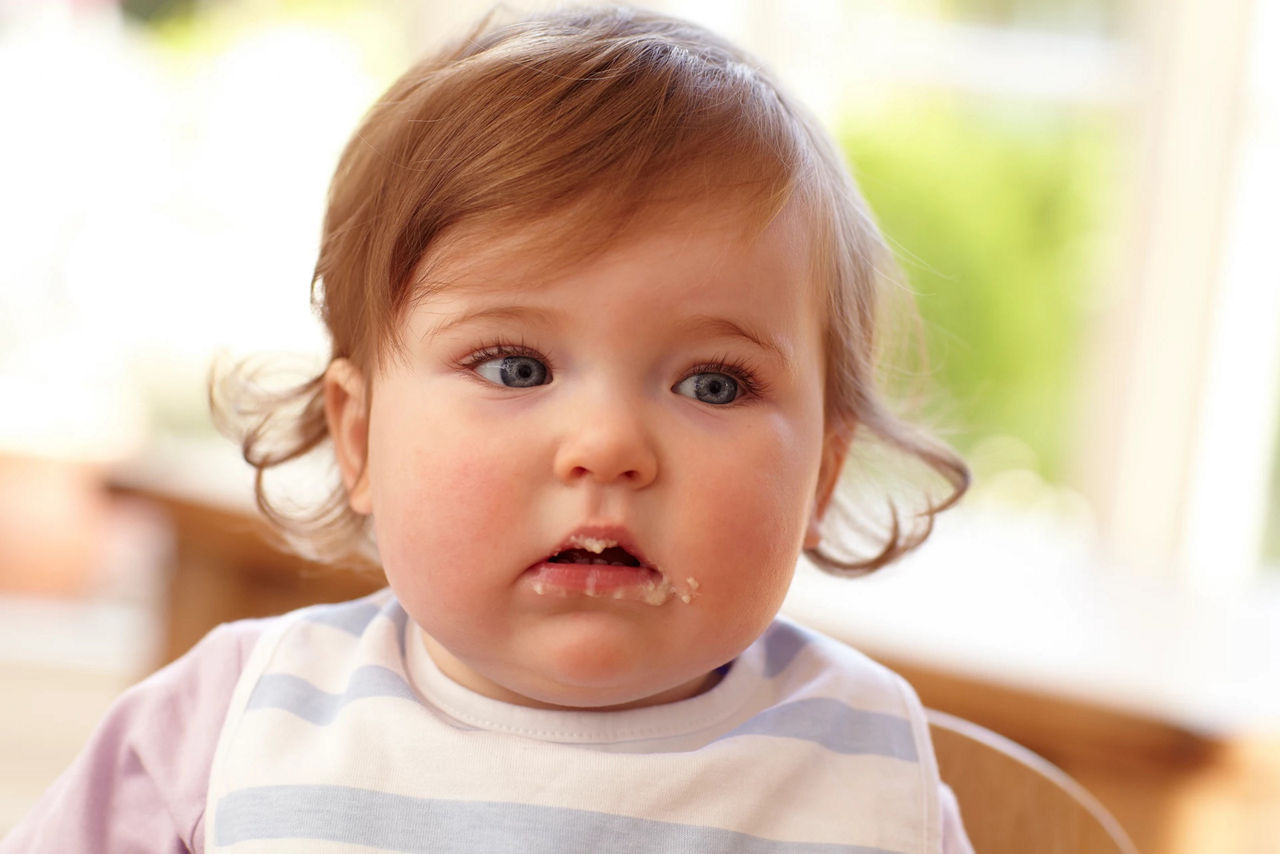If you’d like to make your own baby food from scratch, we’ll show you how to give your baby all the nutrients they need. Discover how to prepare food safely and which ingredients are best to limit or avoid to protect your baby’s health.
Making baby food
Home comforts
Preparing homemade food safely

How to make baby food: Safety first
With your baby’s immune system not yet fully developed, they are vulnerable to stomach upsets, so good food hygiene and safe preparation is essential.
Here are a few tips for preparing your baby’s food:
- Preparation – make sure your hands, surfaces, bowls, plates and cooking utensils are completely clean. If your baby is less than 6 months old, bowls, plates and cooking utensils need to be sterilised to ensure they’re free of bacteria which could make your baby ill.
- Cooking meat and fish – always make sure that meat is cooked thoroughly, with no pink bits. Fish should be firm and flaky – if it’s still soft, it’s not cooked through. An ideal way to cook fish for babies is to bake it in foil, because even when it’s cooked thoroughly, it’s still tender and easy to chew.
- Fruit and vegetables – wash them thoroughly before use. For vegetables that need to be cooked, steaming is the best option as it retains the most nutrients. If you don’t have a steamer, simply use a metal colander in a covered saucepan of boiling water.
- Serving your baby’s food – your baby’s food should be cooked and piping hot all the way through to ensure all the bacteria has been killed. Allow it to cool to a comfortably warm temperature before serving.
Food and ingredients to avoid or limit when making baby food
A balanced diet for a baby or toddler is very different from an adult’s. Certain ingredients and foods are best avoided or limited to protect their growing body, namely:
- Salt
- Sugar
- Too much fibre – a small amount is OK
- Low-fat foods
Salt
We all need salt to perform a variety of essential bodily functions. It helps us absorb fluids from the digestive tract and keeps the body’s fluid levels in balance. However, we only need to consume a small amount of salt each day, and babies and toddlers need even less1.
There is now evidence to suggest that a high intake of salt during infancy can have a harmful effect on the developing kidneys and could lead to raised blood pressure in later life2.
What’s more, there is evidence that dietary habits formed in childhood influence eating patterns in later life, so a preference for salty foods is learned at an early age.
The good news is, by giving your baby food that's low in salt, they are less likely to develop a taste for it in the first place.
Keeping your baby’s salt intake low
For the first 6 months, the level of salt in your breast milk is enough to support your baby’s normal growth and development. However, you’ll need to pay more attention to your baby’s salt intake when you progress to weaning.
Here are a few simple changes you can make to your baby’s diet to ensure they don’t consume too much salt:
- When preparing your baby’s food, don’t add extra salt. The food may seem bland to your taste, but will be perfectly acceptable to your baby.
- Look out for salt in pre-packaged foods. Baby foods aren’t allowed to contain added salt, but foods you can buy that aren’t aimed at babies, such as sauces and ready-made porridge, often have high levels of added salt.
- Even foods like bread, cheese and cereal contain salt. Compare labels to find those which are salt-free or contain lower levels. High salt is more than 1.5g salt per 100g, equivalent to 0.6g of sodium. Low salt is 0.3g salt or less per 100g, equivalent to 0.1g of sodium. Levels between these amounts mean a food has a moderate salt content.
One of the best ways to ensure your baby doesn’t have too much salt is to prepare your own baby foods.
How much salt does my baby need?
The recommended levels are as follows1:
| Age | Maximum Salt Intake |
|---|---|
| 0-6 months | <1 g/day |
| 6-12 months | 1 g/day |
| 1-3 years | 2 g/day |
Sugar
Babies have a natural preference for sweet foods, such as breast milk and fruits, because it reflects their basic biology. In fact, a liking for sweet foods and beverages is evident among babies and children around the world, regardless of diet, advertising or modern-day technology.
Recent research also suggests that a liking for sweets may be influenced by the pain-relieving properties of sugars3.
However, adding sugar to your baby’s diet has been shown to increase the likelihood of them developing a sweet tooth in later life4.
Not as sweet as it seems…
Although it's tempting to add sugar to foods to encourage your baby to try something new, giving your baby food with added sugar can cause serious dental issues later in life, such as tooth decay, leading to fillings and even tooth loss. Drinks with added sugar are particularly bad news for teeth.
How to avoid giving your baby a sweet tooth
It’s much easier to encourage healthy eating habits now, rather than try to change bad habits later on. So avoid adding sugar to your baby’s food and steer clear of non-baby products, as they can be high in sugar.
Certain foods that you may think are fine for your baby can be surprisingly high in sugar. Rusks, dried fruit, baked beans and some baby food and drinks are just a few examples.
Check food labels to learn more about their sugar content. Look for the ‘carbohydrates (of which sugars)’ figure in the nutrition label. High-sugar foods contain 22.5g or more of total sugars per 100g and low-sugar foods contain 5g or less of total sugars per 100g. It’s a myth that natural sugars are any healthier for your baby compared to more processed types of sugar. All forms of sugar contain the same amount of energy, weight-for-weight and all hold the potential to damage developing teeth.
When it comes to drinks, sweetened fruit juices, cordial, milkshakes and flavoured water are usually packed with sugar. Unsweetened fruit juice is a healthier option, and even then it’s better diluted with water.
A better idea is to stick to water and milk, although avoid cows’ milk as a drink before your baby is 12 months old. When offering snacks, opt for healthy foods such as fresh fruit, toast and unsweetened rice cakes instead of sugary alternatives5.
High-fibre and low-fat food
Your baby needs a lot of energy and nutrients from their diet to support their rapid growth and development. However, they have small stomachs and can’t cope with big meals, so they need to get their energy and nutrients in a compact form6. This means that low-fat, high-fibre foods aren’t suitable for baby food recipes
Fat is an important source of vitamins and energy for your baby, which makes low-fat milks or dairy products unsuitable too. Use whole milk or yogurt and note that cows’ milk should not be given as a drink until your baby is 12 months old. Cows’ milk can be used in food, but avoid semi-skimmed before your baby is 2 years of age.
High-fibre foods can fill your baby up before they’ve got all the energy they need. However, getting children used to wholemeal and wholegrain foods right from the start will help to encourage consumption of these when they are older. Try to use a mixture of different breads and cereals. A mixture of white and wholemeal is fine and avoid bran-enriched cereals until they are eating a full, healthy and balanced diet. Encouraging your baby to eat different cereal foods with higher and lower fibre contents will also help to avoid a low-fibre intake and problems with constipation.
Foods to avoid when you’re preparing baby food:
- Pre-packaged adult food such as pasta sauces and ready-made porridge
- Sugary foods from the baby aisle – always check the labels
- Sweetened drinks
- Low-fat yogurt and cheese
Foods to add to your baby food shopping list:
- Vegetables such as potato, carrots, squash, swede and parsnip
- Fruit such as banana, pear, avocado, plum, apple and peach
- Rice
- Full-fat yogurt and cheese
Related articles

Need some help?
You can get quick answers to common questions in our FAQs.
Alternatively, if you need help with general pregnancy or baby advice, or maybe on using or ordering our products - our expert team are always on hand to talk about feeding your baby.
- SACN. Salt and Health Report [Online]. 2003. Available at: www.sacn.gov.uk/pdfs/sacn_salt_final.pdf [Accessed June 2014]
- NHS UK. Salt [Online]. 2013. Available at: www.nhs.uk/Livewell/Goodfood/Pages/salt.aspx [Accessed June 2014]
- Ventura AK, Mendella JA. PubMed. Innate and learned preferences for sweet taste during childhood [Online]. 2011. Available at: www.ncbi.nlm.nih.gov/pubmed/21508837 [Accessed June 2014]
- Liem DG, Menella JA. Sweet and sour preferences during childhood: Role of early experiences. Dev Psychobiol 2002;41(4):388–395.
- NHS UK. How to avoid giving your baby a sweet tooth [Online]. Available at: www.nhs.uk/start4life/Pages/babies-avoiding-sugar-sweet-foods.aspx [Accessed June 2014]
- NHS UK. What to feed young children [Online]. 2014. Available at: www.nhs.uk/Conditions/pregnancy-and-baby/Pages/understanding-food-groups.aspx#starch [Accessed June 2014]
Last reviewed: 21st August 2014
Reviewed by Nutricia’s Medical and Scientific Affairs Team





